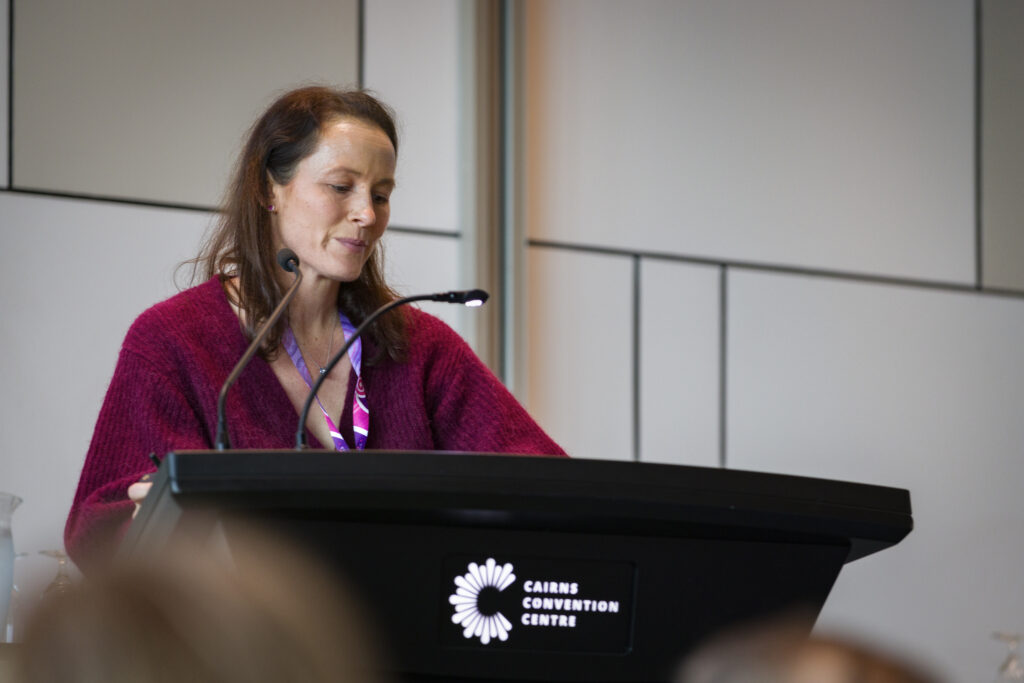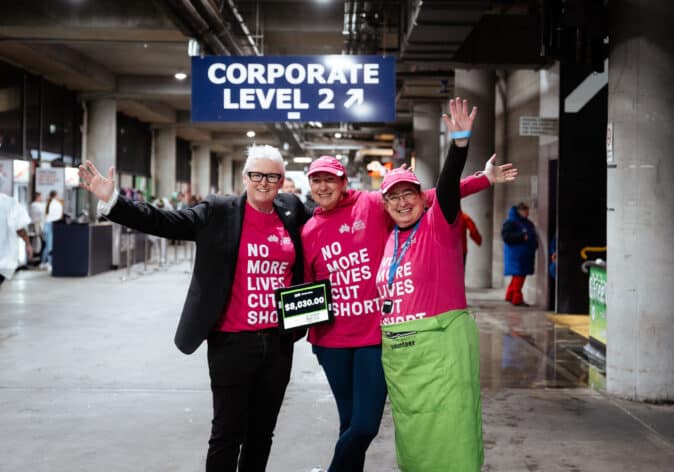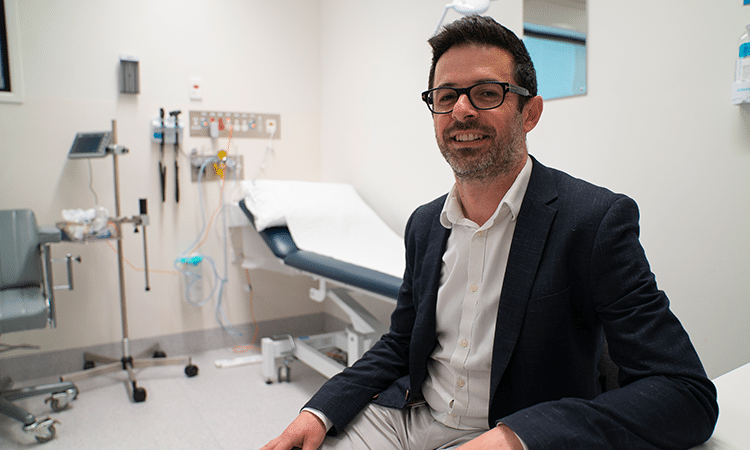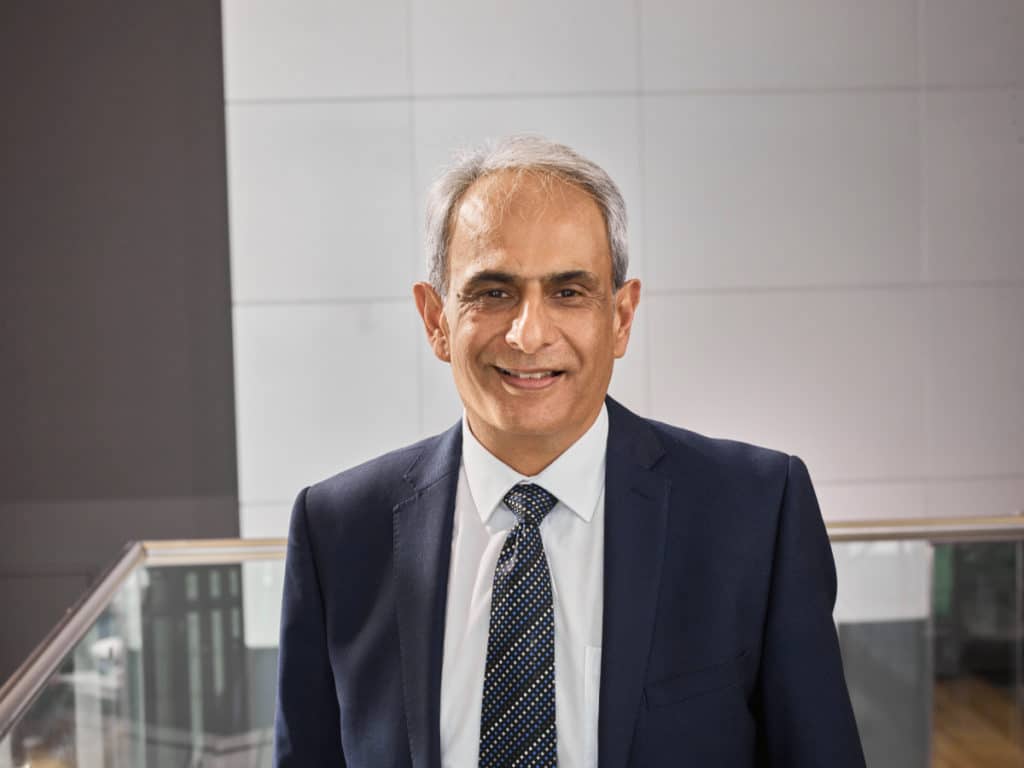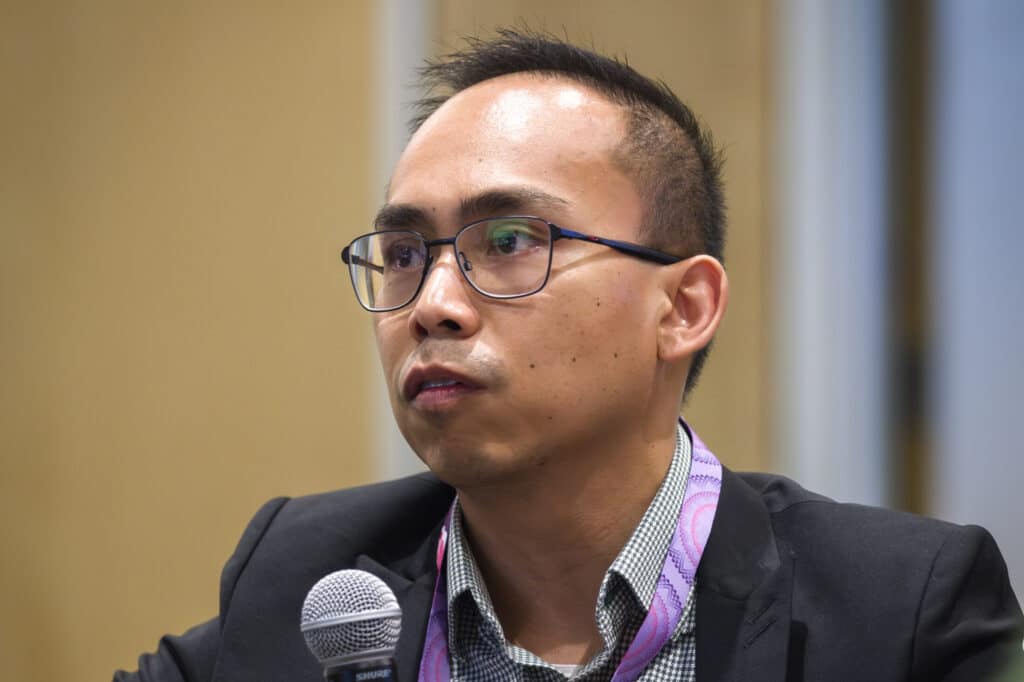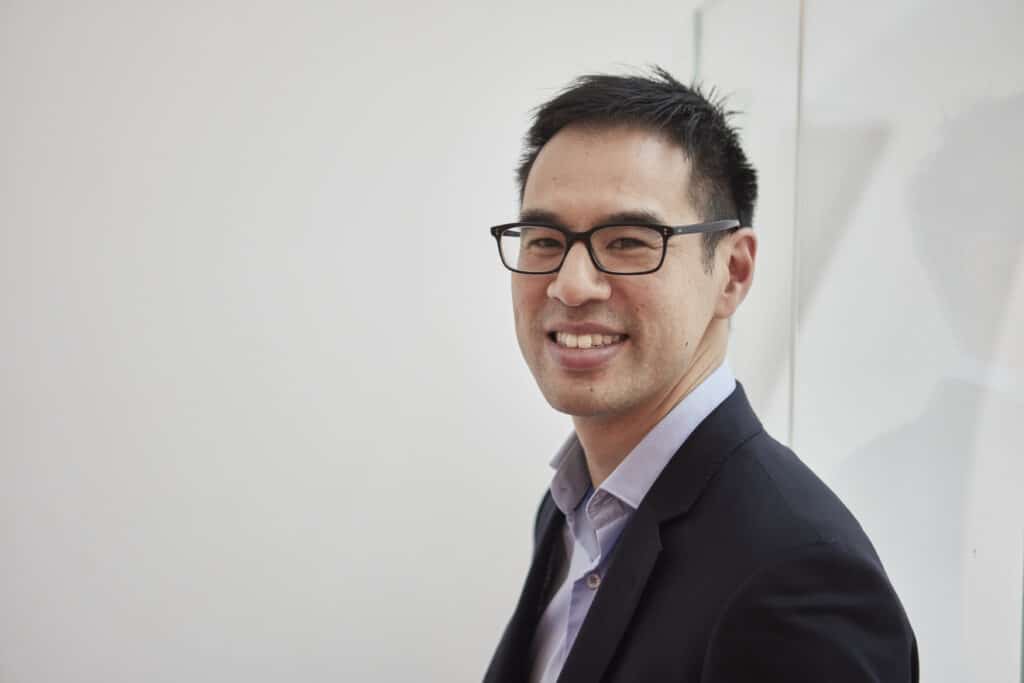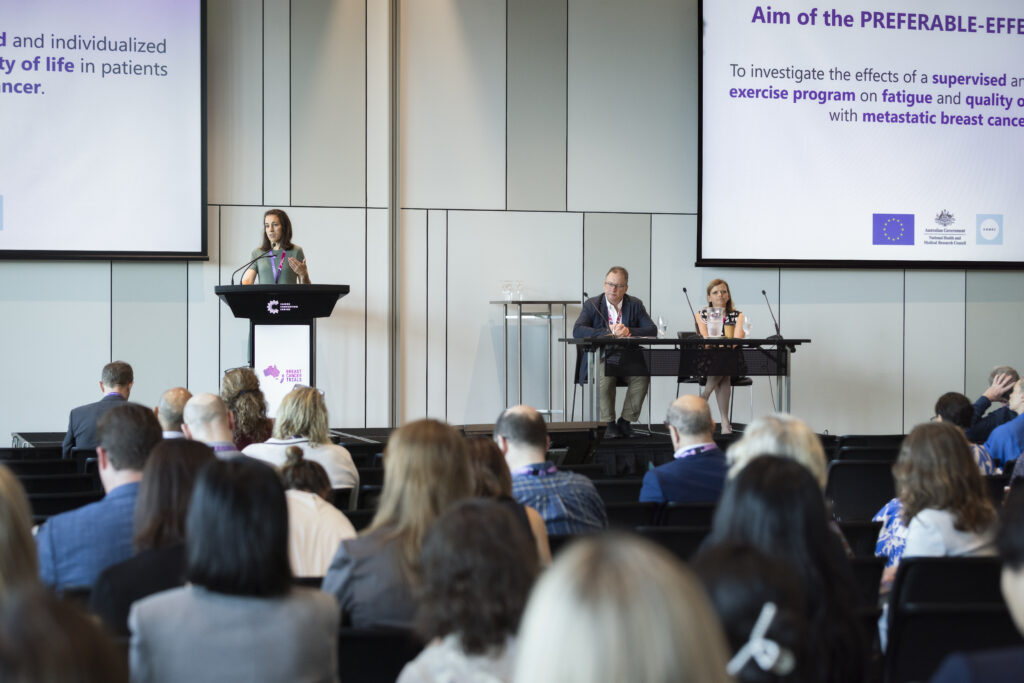Support and resources for women with metastatic breast cancer
“This is an area that we’re particularly passionate about advocating for, because currently women with metastatic diagnosis, not just around diet and exercise, but generally tend to get a lot less support than what a woman with an early-stage diagnosis receives. And so, there’s a strong movement and need for there to be equitable access to that support.”
1. Need to improve access to resources and information through hospitals
“Currently, Breast Cancer Network Australia has resources and information available. Some hospitals may provide some tailored support for metastatic breast cancer, but very few of them offer exercise programs for that group of women. They’ll offer exercise programs for early stage, but very few will offer exercise programs specifically for metastatic women.”
2. Advocate for greater support for women with metastatic breast cancer
“And so, we’re trying to advocate and create the evidence to change that practice. We do know that women have access, if they go and see their GP, to get onto a chronic disease management plan. And that gives them Medicare reimbursed sessions to see an exercise physiologist or a dietician, but it’s limited in terms of the number of sessions that they can receive with that.”
“So, our goal is to try and change the way and the supports that are available to these women in the future.”
“So, my hopes for women with breast cancer, and my reason for focusing on this research is my mum who had metastatic breast cancer, and I saw the terrible time that she went through and the impacts of the treatment and the cancer on her quality of life.”
Professor Marina Reeves’ hope for the future
“And so, my goal is that no women have to suffer like my mum. Ideally, no women ever die from breast cancer again. And that would be the ideal, that no one ever gets breast cancer. But my goal is that we can create the supportive care intervention so that women can live and thrive with a metastatic breast cancer diagnosis.”
Breast cancer diet FAQs
What foods to eat?
Explore various foods that may help in reducing the risk of breast cancer or aid in managing it, including leafy green vegetables, cruciferous vegetables, allium vegetables, citrus fruits, berries, fatty fish, fermented foods, beans, herbs, spices, whole grains, and walnuts.
What foods to avoid
Explore the foods and beverages that individuals with breast cancer may consider limiting or avoiding, such as those containing soy, to potentially reduce risk or manage the condition.
Do you have a breast cancer diet guide for clinicians?
While we don’t have a specific diet guide, there are some key dietary considerations for breast cancer patients based on current research. Here are some general recommendations that clinicians and patients may find useful:
- Focus on wholefoods: emphasise fruits, vegetables, wholegrains and legumes whiles aiming for a variety of colours and types to ensure a range of nutrients.
- Healthy fats: encourage sources of healthy fats like olive oil, avocado, nuts, and fatty fish (like salmon), while limiting saturated and trans fats.
- Lean proteins: suggest lean protein sources such as poulty, fish, beans, and plant-based proteins.
- Limit processed foots: encourage reducing the intake of processed and sugary foods, as well as red and processed meats.
- Keep up hydration: remind patients to stay well-hydreated, primarily with water.
- Maintain a healthy weight: discuss the importance of maintaining a healthy weight, as obesity can be a risk factor for recurrence.
- Limit alcohol consumption: suggest limiting alcohol intake, as it has been linked to an increased risk of breast cancer.
Is there any evidence that keto diet helps metastatic breast cancer?
The ketogenic (keto) diet, which is high in fats and low in carbohydrates, has gained attention in cancer research, including metastatic breast cancer.
While there is some preliminary interest in the keto diet’s potential benefits for breast cancer patients, more comprehensive research is necessary to determine its effectiveness and safety. It’s essential to approach dietary changes cautiously and with professional guidance.
Both the plant-based diet and the Mediterranean diet have been associated with potential benefits for cancer prevention and overall health:
- A Plant-Based Diet: A plant-based diet focuses on consuming a variety of fruits, vegetables, whole grains, legumes, nuts, and seeds, providing a wealth of vitamins, minerals, and antioxidants. Research suggests that this diet may lower the risk of certain cancers, including breast cancer, by reducing inflammation, improving hormone levels, and promoting a healthy weight. High fiber intake from plant-based foods is linked to improved gut health and may further help lower cancer risk. Overall, a plant-based diet is often associated with lower body weight and reduced obesity risk, both of which are important factors in cancer prevention.
- The Mediterranean Diet: The Mediterranean diet emphasises the consumption of fruits, vegetables, whole grains, fish, olive oil, and moderate wine intake, promoting heart health and well-being. Its anti-inflammatory properties may help reduce cancer risk by modulating inflammation and oxidative stress. Clinical studies indicate that adherence to a Mediterranean diet may be associated with lower breast cancer risk and improved survival rates among diagnosed individuals. This diet provides a balanced intake of healthy fats, lean proteins, and complex carbohydrates, supporting overall health.
Both diets are rich in nutrients and have been linked to various health benefits, including potential protective effects against breast cancer. They emphasise whole foods and healthy fats, which can be important for overall health and well-being.
Encouraging patients to adopt a balanced, nutrient-dense diet can be beneficial. As always, it’s essential for individuals to consult with their healthcare team before making significant dietary changes.
Support Us
Help us to change lives through breast cancer clinical trials research.
Donate to Breast Cancer Research.

